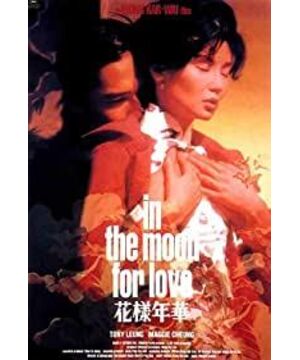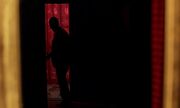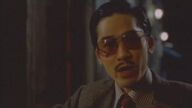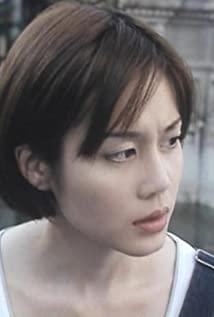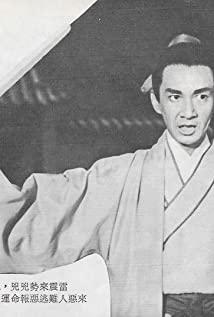The film's oriental aesthetics are fully revealed, and one of the most typical features is symmetry. Renting on the same day, moving house on the same day, taking turns talking to each other’s partner in front of the door, the same tie and handbag... Tony Leung and Maggie Cheung are like each other in the mirror. The structure is as symmetrical as the layout of the Forbidden City, rigorous and coincidental, and the emotional bond created by this also runs through the film.
The theme of the film is still the loneliness of urbanites, which is also Wong Kar-wai's film motif. Tony Leung and Maggie Cheung have their own families, but their partners become the most familiar strangers, and the embrace of strangers can provide warmth and comfort. Under normal circumstances, extramarital affairs always exist as the opposite of morality, but Wong Kar-wai let the protagonist's partner cheat first, so that the protagonist's extramarital affair was understood and sympathized by the audience. However, public opinion is destined to be bound by various constraints of extramarital affairs. The protagonists carefully seek solace, and the audience will have infinite pity in their eyes. When Maggie Cheung's boss said, "It's better to use the old tie, I'm used to it", the relationship between the two has been destined, and such interpersonal relationships express strong helplessness and permanent loneliness.
"Chongqing Forest" takes place in a bustling city, but the camera is always aimed at the four protagonists, as if the rest of the world has nothing to do with them, which further isolates the loneliness of the protagonists. "In the Mood for Love" is very similar, but the two people's experiences are carried out simultaneously rather than in sections. In order to create a sense of loneliness isolated from the world, the story is arranged in the distant 60s, making the audience out of reach. At the same time, Wong Kar Wai didn't even let their partner show his face, so that the loneliness of the two protagonists is only their concern for each other.
In addition, what is interesting is that Wong Kar-wai's re-enactments of his previous works can be seen everywhere in the movie, such as street lights in the rain, which are very similar to Andy Lau's Maggie Cheung in "The True Story"; People think of Leslie Leslie Liang Chaowei in "The Spring Break".
In short, "In the Mood for Love" is as delicate as a handicraft. I do not deny the perfection and maturity of the film, but also because the film is too delicate, people are afraid of accidentally crushing it in their hands. Therefore, I still prefer "The True Story of A Fei" and "Happy Time". The film's random play and occasional roughness make people feel infinite vitality.
View more about In the Mood for Love reviews


